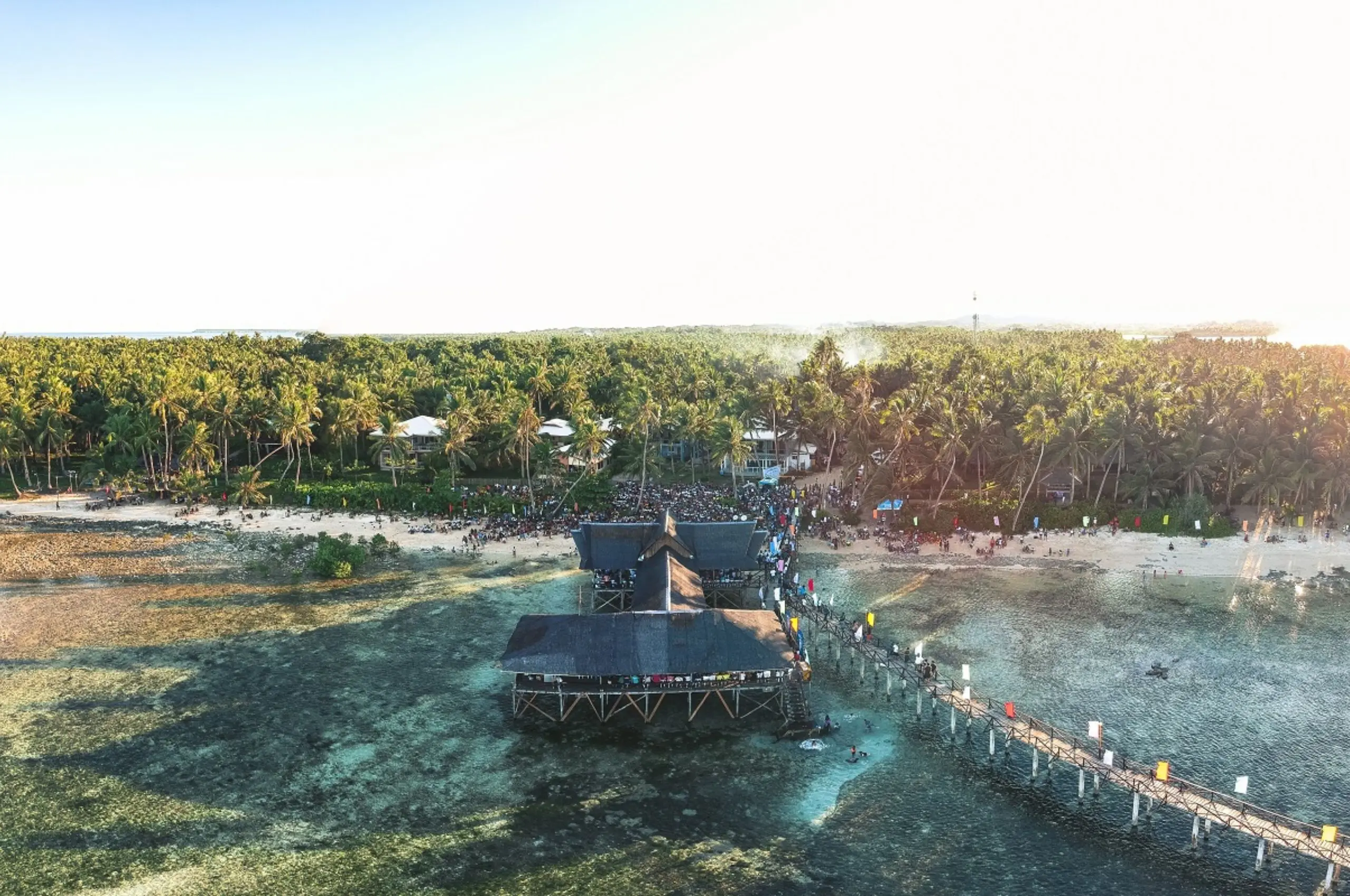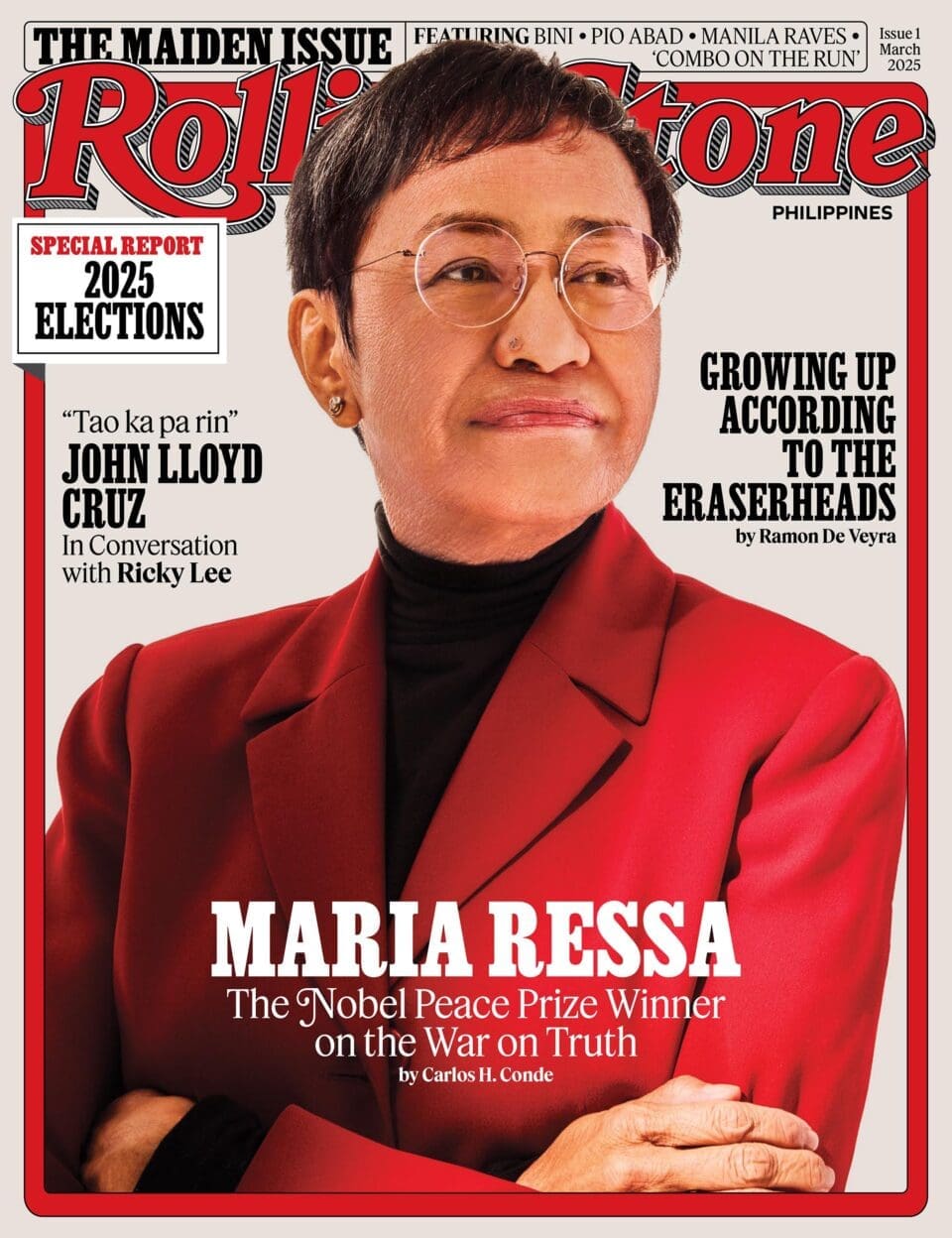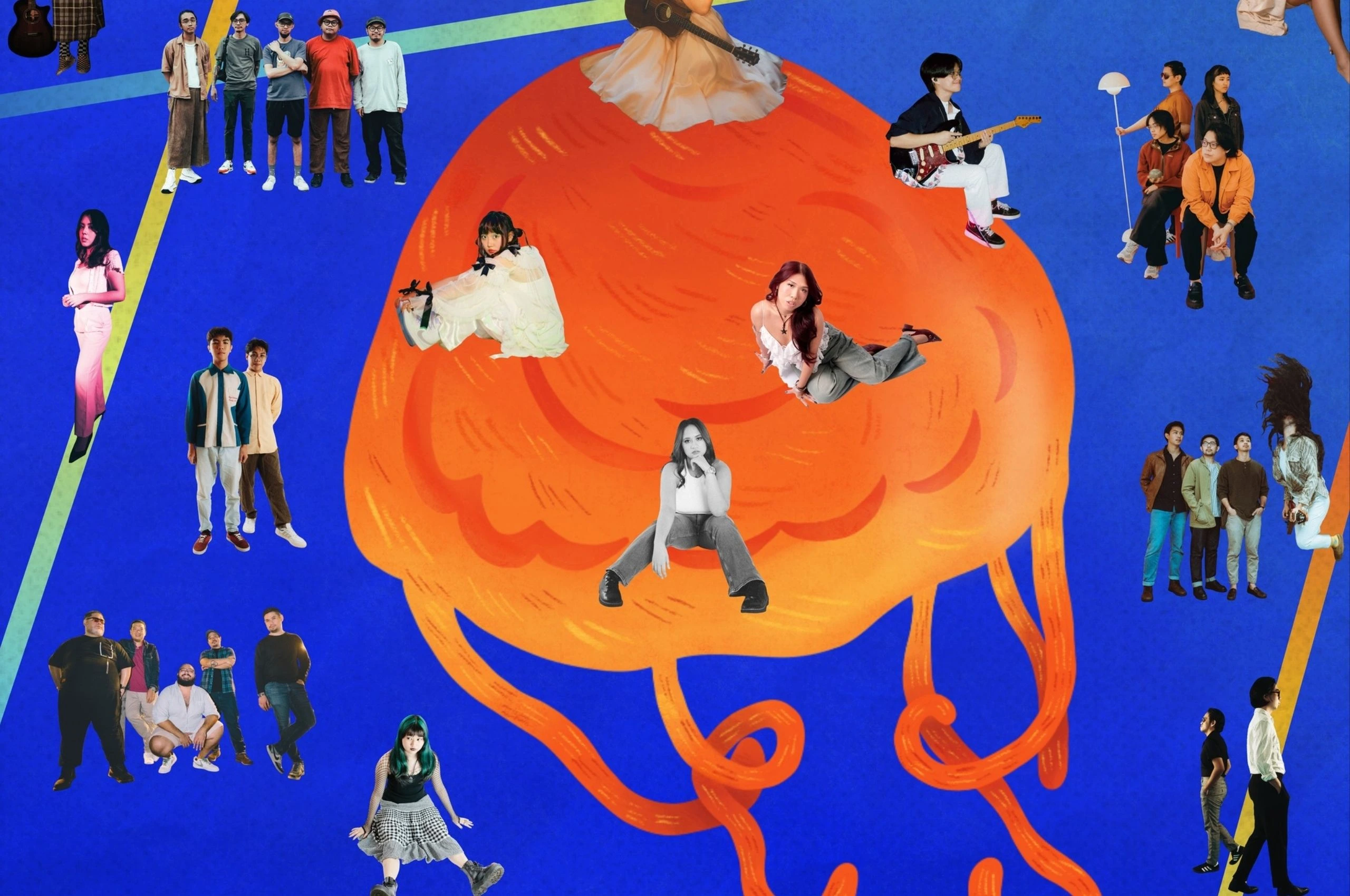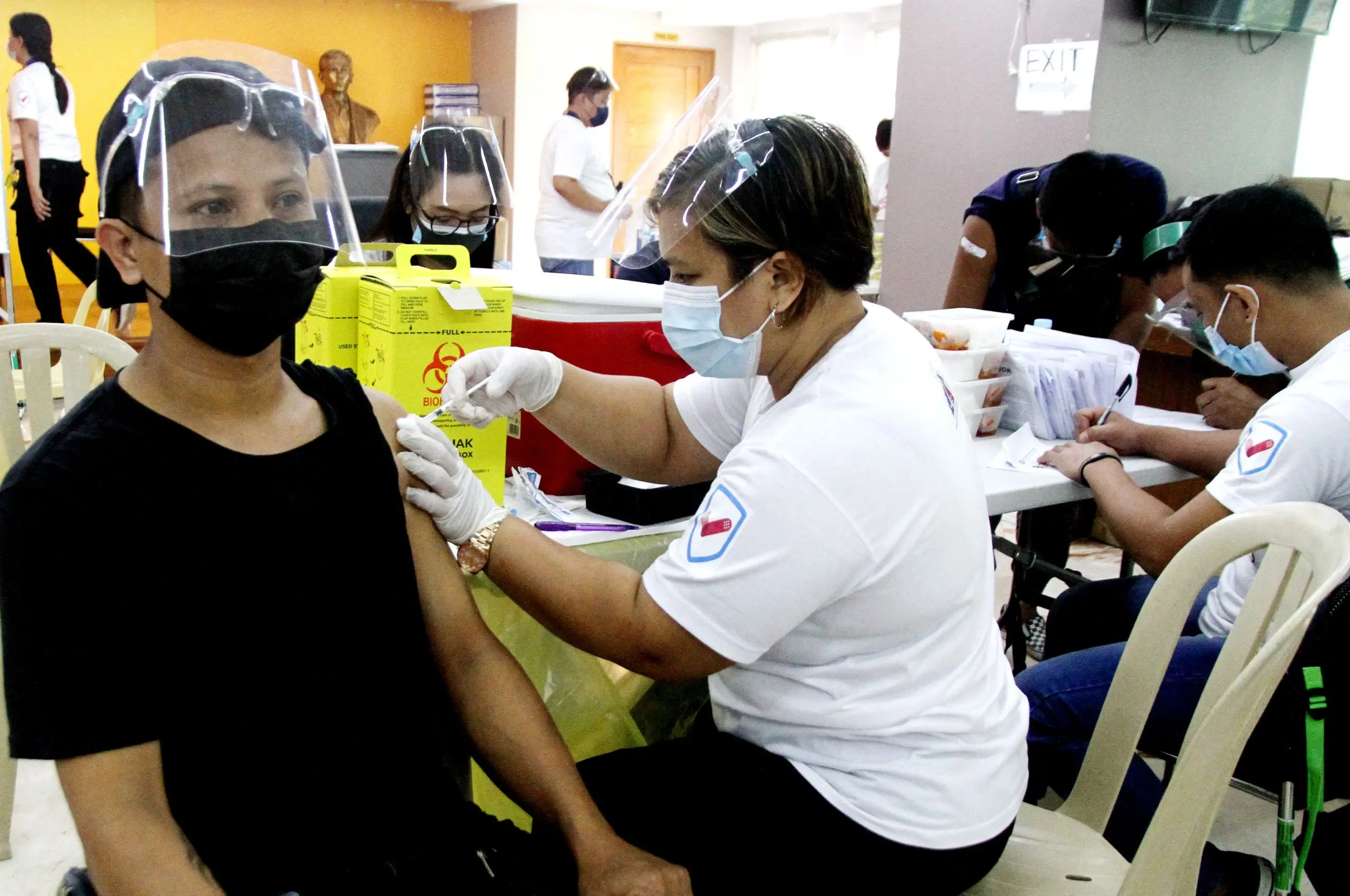Touted as the surf capital of the Philippines, Siargao has become one of the country’s most popular tourist destinations over the years. In 2023, the islands in Surigao del Norte saw over 476,000 domestic tourists and almost 54,000 foreign tourists, according to the Department of Tourism (DOT). While these numbers promise economic growth, they also come with several drawbacks, threatening to turn Siargao’s tropical surf paradise into tourism hell.
In late April, a Facebook user reported an incident wherein a group of Israeli tourists harassed a group of trans women, hurling derogatory slurs and rocks at them. Community leader Sofia Nicole de Asis, a friend of one of the victims, confirms the details of the incident to Rolling Stone Philippines.
“I’ve been living here on the island for six years already,” she says. “I’ve noticed that there’s this sudden shift of tourist misconduct that’s getting out of hand, that a lot of locals, residents, business owners are really suffering and starting to open up their experiences on social media.”
Other posts on the Facebook page Siargao Business Classified mention cases of unpaid restaurant orders, reckless driving, and Filipino hospitality workers being called “slaves.”
With the number of incidents involving foreign tourists growing, de Asis decided to open a complaint form for Siargao’s locals and business owners to fill out. “What really pushed me to start doing this campaign is the exhaustion of hearing all of the complaints, but nothing is happening,” she says.
Siargao-based non-governmental organization Project Paradise Community, of which de Asis is executive director, has also received reports of foreign tourists “trashing” accommodations and threatening to give bad reviews. “They’re not really respectful of our environment,” de Asis adds.
Siargao’s lack of sanitary landfills means that “everybody is accountable and responsible to dispose of their garbage properly,” de Asis says, but tourists still throw their garbage at the beach.
Community-Based Solutions and Policy
As Project Paradise Community continued to compile incident reports, they held a town hall with locals, business owners, and tourists to reorient them with the garbage disposal rules and address other issues of tourist misconduct.
De Asis says the local government units and DOT already know of the incidents, but progress is slow. “We highly encourage the people who are complaining to file incident reports or police reports,” she says. She and Project Paradise Community also hope to approach the DOT and LGUs with a formal open letter proposing a code of conduct for tourists.
“We haven’t come up with a solid solution,” de Asis says, “because we are trying to get the insights of the people who attended the town hall meeting and want to be part of this initiative.”
Locals and the government alike worry that if tourist activities remain unregulated, Siargao would suffer the same fate as Boracay, arguably the country’s most popular beach destination, which saw a closure for six months in 2018 due to overtourism, sewage leaks, and deforestation.
Another issue remains that the island’s locals are the most disadvantaged. In Project Paradise Community’s town hall, a representative of the local community, de Asis identified as Maria, called on tourists to “slow down.” “Kasi nagsu-suffer din ‘yong local community,” de Asis says.
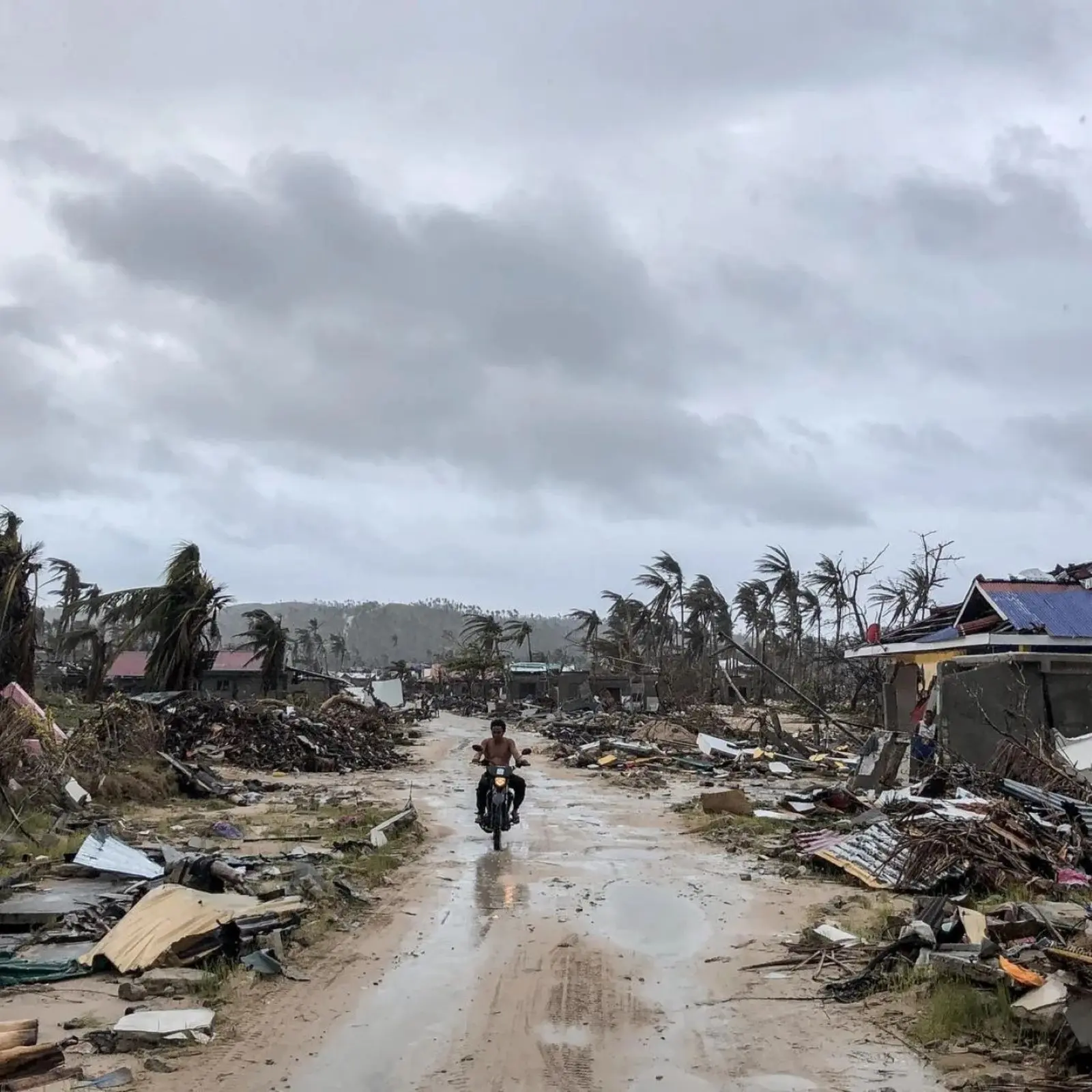
According to the NGO Lokal Lab, land price increases and infrastructure development projects meant to bolster the booming tourism industry contribute to the displacement of Siargao’s locals. After Typhoon Odette ravaged the region in December 2021, impoverished families were also forced to relocate to protected coastal areas as informal settlers, building stilt houses over water, where they also dispose of their waste. LGUs and the Department of Environment and Natural Resources (DENR) have not yet agreed on where to relocate them.
NGOs like Lokal Lab and Project Paradise Community have taken on the challenge of rebuilding the local communities around Siargao. While Lokal Lab focuses on sustainable livelihood programs for the island’s farmers and artisans, Project Paradise Community aims to provide education and put up libraries in more remote, inaccessible islands like Halian, Anahawan in Southern Leyte, and Mam-on.
For de Asis, Siargao doesn’t have to completely do away with tourists to uplift locals. “My role is to really protect the local community and be with them as much as I can,” she says. “And instead of dividing everyone, our goal is to do all of these things so everybody can coexist peacefully.”
